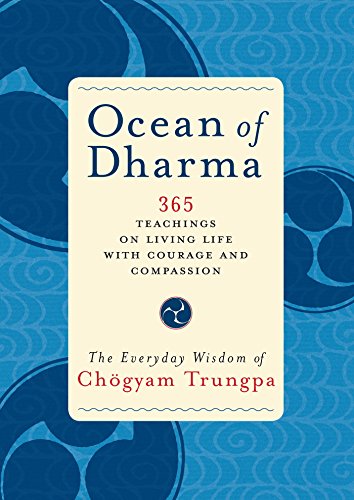
By Chogyam Trungpa,Carolyn Rose Gimian

By Chogyam Trungpa,Carolyn Rose Gimian
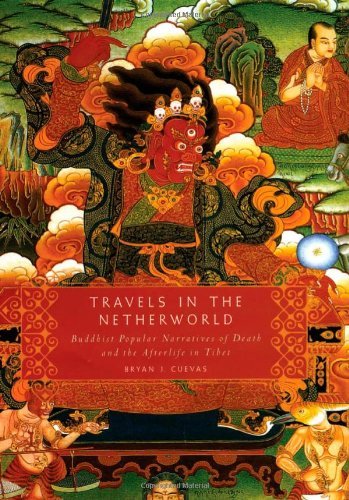
By Bryan J. Cuevas
Relying on a variety of conventional Tibetan resources, Buddhist canonical scriptures, scholastic textbooks, ritual and meditation manuals, and scientific treatises, as well as the délok works themselves, Cuevas surveys a vast diversity of well known Tibetan Buddhist rules approximately demise and loss of life. He explores ideals concerning the vulnerability of the soul and its trip past loss of life, karmic retribution and the terrors of hell, the character of demons and demonic ownership, ghosts, and reanimated corpses. Cuevas argues that those notable bills express flexibility among social and spiritual different types which are conventionally polarized and concludes that, opposite to the permitted knowledge, such inflexible divisions as elite and people, monastic and lay faith aren't sufficiently consultant of conventional Tibetan Buddhism at the flooring. This research deals cutting edge views on well known faith in Tibet and fills a niche in an incredible box of Tibetan literature.
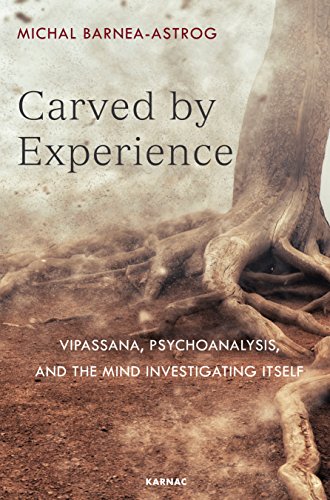
By Michal Barnea-Astrog
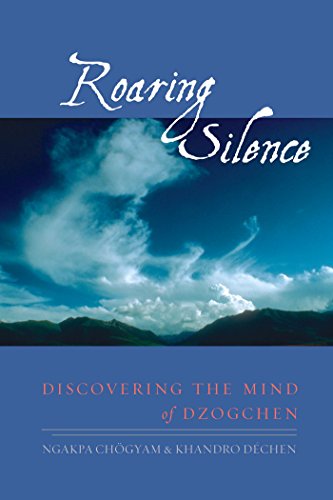
By Ngakpa Chogyam,Khandro Dechen
Surprisingly, the strategy is particularly pragmatic. providing an research of the mandatory steps, the authors start with the way to organize for the adventure: the lama is vital; as are a feeling of humor, idea, and backbone. They proceed through describing the trail of Dzogchen from sitting meditation to the direct notion of truth.
The chapters comprise routines for polishing the presence of our understanding, for easy visualizations, and for investigating tips on how to "remain uninvolved" with psychological job for a period—with follow-up information on how one can view our stories. either sensible and inspirational, the authors' exquisitely distinctive advice is all provided with the caveat, "be type to your self, do not push your self past your limits."
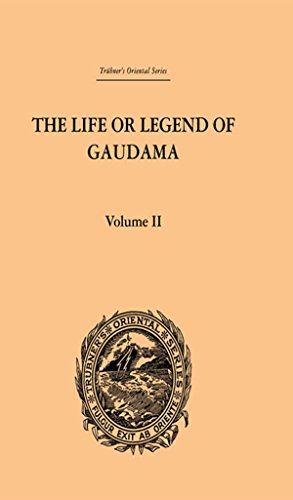
By P. Bigandet
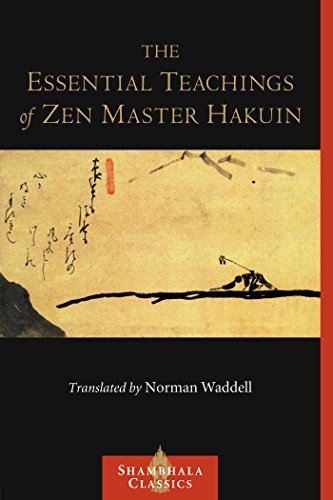
By Hakuin Ekaku,Norman Waddell
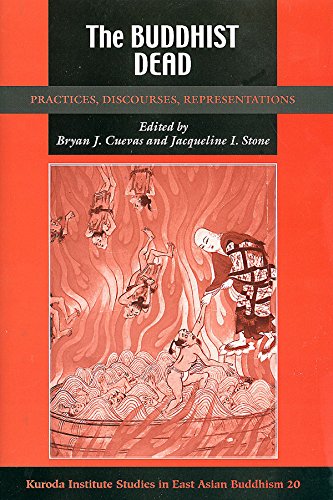
By Bryan J. Cuevas,Jacqueline I. Stone
Contributors: James A. Benn, Raoul Birnbaum, Jason A. Carbine, Bryan J. Cuevas, Hank Glassman, John Clifford Holt, Matthew T. Kapstein, D. Max Moerman, Mark Rowe, Kurtis R. Schaeffer, Gregory Schopen, Koichi Shinohara, Jacqueline I. Stone, John S. Strong.
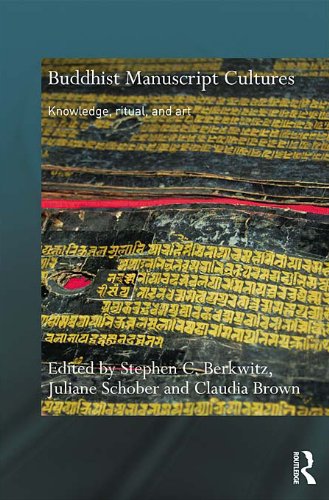
By Stephen C. Berkwitz,Juliane Schober,Claudia Brown
Buddhist Manuscript Cultures explores how non secular and cultural practices in premodern Asia have been formed by means of literary and inventive traditions in addition to by means of Buddhist fabric tradition. This learn of Buddhist texts specializes in the importance in their fabric types instead of their doctrinal contents, and examines how and why they have been made.
Collectively, the booklet deals cross-cultural and comparative insights into the transmission of Buddhist wisdom and using texts and photographs as ritual gadgets within the inventive and aesthetic traditions of Buddhist cultures. Drawing on case reports from India, Gandhara, Sri Lanka, Thailand, Mongolia, China and Nepal, the chapters incorporated examine the variety of pursuits and values linked to generating and utilizing written texts, and the jobs manuscripts and pictures play within the transmission of Buddhist texts and in fostering devotion between Buddhist groups.
Contributions are by means of reputed students in Buddhist stories and characterize assorted disciplinary techniques from spiritual reviews, artwork background, anthropology, and background. This ebook might be of curiosity to students and scholars operating in those fields.

By Sangharakshita

By Hildegard Diemberger,Marilyn Strathern
In the 15th century, the princess Chokyi Dronma used to be instructed through the prime non secular masters of her time that she was once the embodiment of the traditional Indian tantric deity Vajravarahi, recognized in Tibetan as Dorje Phagmo, the Thunderbolt woman Pig. After discomfort an outstanding own tragedy, Chokyi Dronma renounced her royal prestige to turn into a nun, and, in flip, the tantric consort of 3 striking non secular masters of her period. After her loss of life, Chokyi Dronma's masters and disciples well-known a tender lady as her reincarnation, the 1st in an extended, strong, and influential lady lineage. this present day, the 12th Samding Dorje Phagmo leads the Samding monastery and is a excessive govt cadre within the Tibet self sustaining Region.
Hildegard Diemberger builds her booklet round the translation of the 1st biography of Chokyi Dronma recorded by means of her disciples within the wake of her loss of life. The account finds a rare phenomenon: even though it were believed that ladies in Tibet weren't allowed to procure complete ordination similar to clergymen, Chokyi Dronma not just persuaded one of many optimum non secular academics of her period to offer her complete ordination but additionally demonstrated orders for different girls practitioners and have become so respected that she used to be formally famous as one in every of crucial non secular heirs to her major master.
Diemberger deals a few theoretical arguments concerning the value of reincarnation in Tibetan society and faith, the position of biographies in developing a lineage, the need for spiritual academics to navigate complicated networks of political and monetary patronage, the cultural and social innovation associated with the revival of historical Buddhist civilizations, and the function of girls in Buddhism. 4 introductory, stage-setting chapters precede the biography, and 4 concluding chapters speak about the institution of the reincarnation lineage and the position of the present incarnation below the above all contradictory communist system.